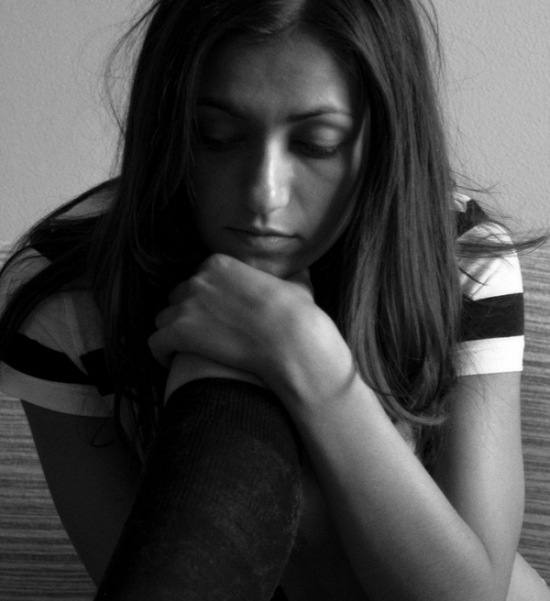Many endocrinological, physical, and psychological changes occur in the adolescent years. Dysmenorrhea,or painful menses, is a relatively common complaint among adolescent girls. A recent study in the Journal of Pediatric and Adolescent Gynecology explored the relationship between mood disorders and dysmenorrhea in adolescence.
Premenstrual syndrome (PMS) is the occurrence of negative physical, psychological or behavioral symptoms prior to the onset of menses, which resolves following initiation of menstruation. Although different statistics exist on the prevalence of PMS, the present study reported that about 85% of women have one or more symptoms of PMS. These symptoms, when severe, can have a negative effect on emotional well-being, school performance, social activities and relationships. As such, the researchers studied the association between dysmenorrhea and depressive symptoms, anxiety and PMS in adolescent girls.
A total of 159 participants (ages 13 to 18) who came to a gynecology clinic for any complaint were included in this study. They all had regular menstrual cycles, and the diagnosis of primary dysmenorrhea was made in 108 patients based on self-reported symptoms in the absence of pelvic pathology (ruled out using pelvic examination, ultrasound and laboratory studies). The researchers also included a control group of healthy volunteers without dysmenorrhea (51 patients). The participants provided sociodemographic data and completed the following: FACES Pain Rating Scale, Beck Anxiety Inventory (BAI), Beck Depression Inventory (BDI), and a questionnaire including the criteria for PMS.
The most commonly reported symptoms were weakness, backache, and nausea/vomiting. The authors reported that while at least one symptom of PMS was observed in all participants, 130 (81.8%) were diagnosed with PMS (86 cases and 44 controls) and 29 (18.2%) were diagnosed with PMDD by DSM IV criteria (22 cases and 7 controls).
Rates of PMS/PMDD symptoms did not differ statistically between adolescents with and without dysmenorrhea. However, adolescents with dysmenorrhea had higher scores on both the Beck Anxiety and Beck Depression Inventories compared to those without dysmenorrhea (P<0.05).
In the medical literature, the reported prevalence of dysmenorrhea is between 60-93% (67.9% in this study). Factors influencing risk for dysmenorrhea include younger age, low body mass index (BMI), smoking, early menarche, pelvic infections, prolonged or aberrant menstrual flow, psychological disturbance, perimenstrual somatic complaints, genetic factors and history of sexual assault. This specific study did not observe any differences in BMI, age at menarche, or menstrual pattern between subjects; however smoking was more common in the group with dysmenorrhea.
Compared to men, women are at a higher risk for developing chronic pain conditions, anxiety disorders and major depressive disorders. “Depression is the most common psychiatric disorder associated with pain,” the authors note, as it decreases the threshold for pain and increases the feeling of pain. While it is unclear if depression is caused by or is a consequence of chronic pelvic pain, it likely has an association with painful menstruation. The authors discuss that an association between menstrual characteristic and PMS may be mediated psychologically as well as biologically. Some studies have observed an association between severity of dysmenorrhea and severity of PMS/PMDD. More than half of those with PMS have a history of anxiety or mood disorders. Similar to other studies, this study also found a correlation between anxiety or depression and dysmenorrhea.
This study highlights the importance of a multidisciplinary and integrated approach in the treatment of primary dysmenorrhea. Differentiating between PMS, PMDD, anxiety and depression is of importance as patients with different diagnoses can often present with similar symptoms. Patients should keep a prospective daily log of symptoms over time in order to better understand if there are temporal or cyclical mood changes and their relation to pain symptoms in this condition.
For further information on mood disorders and menstruation, click here.
Edwin Raffi, MD, MPH
Balik G., Ustuner I., Kagitci M., Kir Sahin F. Is There a Relationship between Mood Disorders and Dysmenorrhea? Journal of Pediatric and Adolescent Gynecology. 2014. 27: 371-374.








Nice article and helpfull